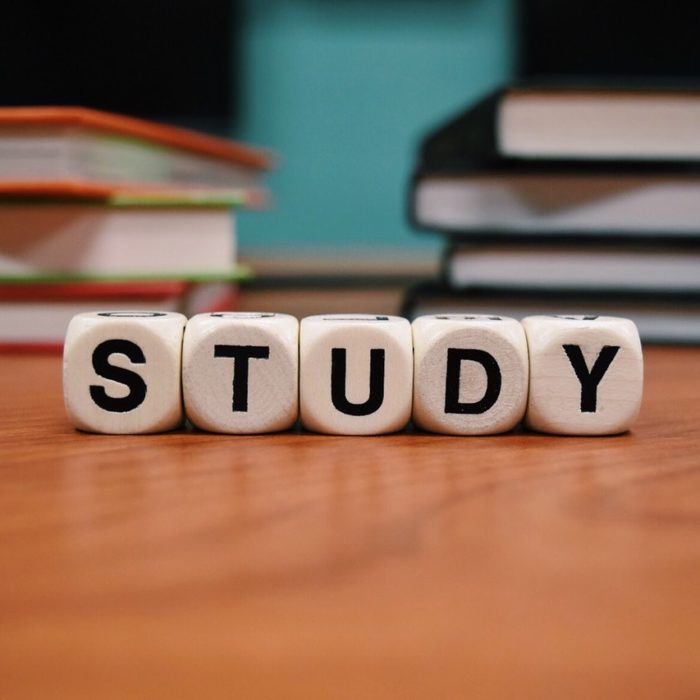
An Explanation for Learning outcomes
Introduction
Learning outcomes are measurable achievements that the learner will understand after reading, which helps learners understand the importance of knowledge and what they will gain from their involvement in the learning process.
Creating clear, effective learning outcomes is an important part of building training programs for organizations. When doing these programs, both supervisors and educators must clarify what students should understand after completing their learning process.
A course or program is successfully implemented based on a clear idea of the course/program. And the program can only be implemented if its learning outcomes are specified and communicated in writing. In Europe, it is very common to write study results to explain any subject. This approach is continuously adopted within the credit bureau and national quality and certification authorities such as QAA (Quality Assurance Agency for Higher Education) in the UK, Australia.
Types of learning outcomes
1. Intelligence skills
With this type of learning outcome, the student will understand the concepts, rules, or procedures. Simply put, this is how you understand how to do something.
2. Comprehension strategy
In this learning outcome, the learner uses their thinking, learning, and behavioral strategies.
3. Oral information
This type of learning outcome is when the learner can say with certainty what they have learned in a structured information organization.
4. Motor skills
This section is concerned with the physical ability to do things, achieve smoothness or the right amount of time with practice.
5. Attitude
This is an internal condition that reflects a student’s behavior. It isn’t easy to measure but can be shown in the learner’s response to people or situations.
WHAT ARE LEARNING OUTCOMES: Learning outcomes are similar to navigation tools, such as GPS. When the location is set to GPS, the app guides the driver throughout the journey and takes the driver to the right destination without fear of losing his way. They show and help teachers the process to follow and let students know what they will achieve at the end of the lessons. Also, they help teachers and students to know what to do.
DEFINITION: Learning outcomes are statements of what a learner is expected to know, understand, and demonstrate after completing the learning process.
HOW TO WRITE LEARNING OUTCOMES: Learning outcomes should be clear and measurable. Learning outcomes are usually written according to Bloom’s Taxonomy. Bloom’s Taxonomy explains the learning process, which has proven to be a powerful tool to help improve learning outcomes. Before you understand a concept, remember it well, understand it before using it, and analyze the process before testing it.
They are not
Learning outcomes are not the only statements that describe the syllabus for
Unit. Nor are they statements of what the pastor intends to do.
‘Results’ compared to ‘objectives.’
Statements of intent can vary in nature – they may differ from the norm
Curriculum objectives for more specific ‘learning,’ more specific objectives
‘Moral’ intentions. Can be displayed as targets on the side of
the instructor or as desired outcomes.
It is the final form – the result
statement – which has great power in informing teaching and learning. However,
it is called ‘learning outcome,’ ‘learning purpose,’ or another word. The result
of the statement clarifies the purpose. It focuses on the reader and
performance-specific, starting with the action verb (e.g. ‘show,’ use ‘etc.)
and sign the performance level you want. The result of such learning is
a vague statement of what a student is expected to accomplish and what they are like
it is expected to reflect that success.
Several statements of successful learning outcomes for your students: Student Learning Outcomes are statements that specify what students will know, be able to do, or be able to demonstrate when they’ve completed a Course or Program.
For teaching staff: Informing: educational content teaching strategies that you will use types of learning activities/activities you have set for your students appropriate assessment tasks subject assessment.
For students: A set of learning outcomes provides them with: a strong framework for directing their studies and helping them prepare for their studies examination point of reference for graduate marks in a course and university (e.g.
generic) level.
In this case, the learning outcomes statement should: see essential learning needs (‘content’ for reading – scope and the type of knowledge, skills, and values required), use clear, understandable language for learners and other clients a link to standard features and degree courses can be accessed and tested, too is related to explicit statements of success (e.g., level of understanding required).
Types of information
There are different types of information.
1. Announcing information: to know what it is, or to know about – ” the content ‘of
Information
2. Process knowledge: the ability to do things
3. Conditional information: knowing when to do things
4. Practical information: be able to use the first three types of
knowledge of problem-solving and acting as an active professional.
(See Biggs, J. 1999. ‘Building and articulating curriculum objectives [Chapter 3].
Teaching Quality Reading at the University. Organization for Divine Research
Education and Open University Press. Buckingham, UK.)
Scope of cognitive skills university we expect our students to do more than recall required math.
Conclusion
In Asian countries, there were times when students were accustomed to reading, and teachers and their parents were accustomed to directing them. However, with the change, 21st-century students became independent students. They understand what they want. They choose the subjects they like. The learning outcomes of the lesson or program indicate what the learner will achieve at the end of the lesson or program. This document introduces the importance of learning outcomes of the course/program, how it is defined / officially written, and why students should read and understand learning outcomes (LOs) before choosing a subject or program.











